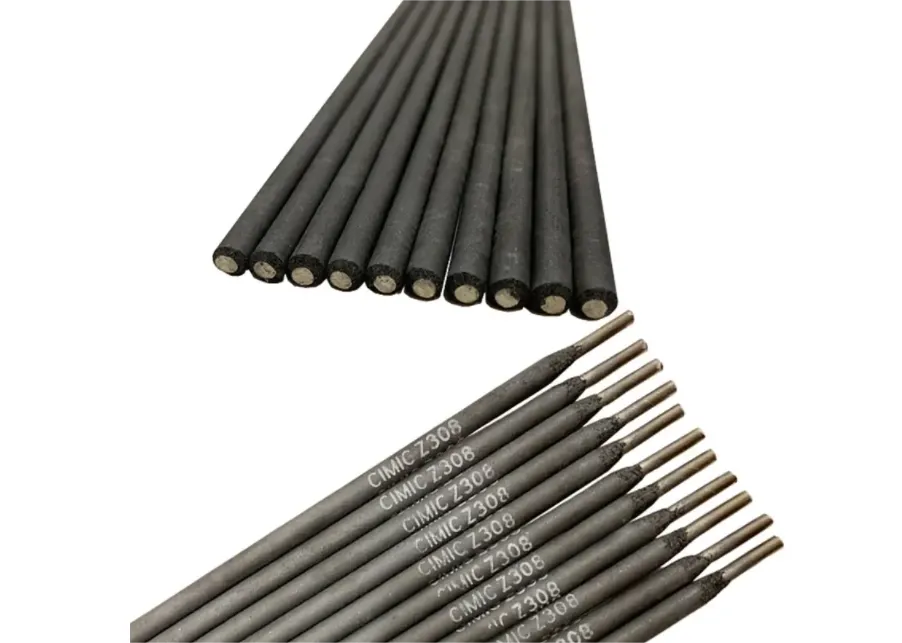how to choose the right welding rod
Jan . 14, 2025 10:01
Selecting the right welding rod is critical for ensuring the strength, stability, and durability of welded structures. Welding rods, also known as filler rods, are not a one-size-fits-all product. They vary in material composition, size, coating type, and function, which is why understanding these variables is crucial for any welder, whether a novice or an expert. Here’s a guide to help you make an informed decision.
Skill level and equipment availability should influence your choice as well. Some rods are more forgiving and easier to control, making them perfect for beginners. Conversely, advanced rods might offer superior results but require a skilled hand and sophisticated equipment to maximize their benefits. Beginners may find success with E6013 rods, which provide easy slag removal and smooth arc action. Furthermore, the project specifications should guide your decision. Consider the environmental conditions your welded structure will face, such as humidity or exposure to corrosive substances. Certain rods come with coatings that enhance rust or corrosion resistance. The E7018 rod, for example, contains a low-hydrogen coating that's resistant to moisture-induced cracking. Cost is a practical consideration, but it should never compromise quality. Investing in higher-quality rods ultimately saves time and money by reducing the need for rework. It's advisable to consult product reviews and industry forums for testimonials on rod performance to ensure trustworthiness in your selection. Ultimately, selecting the right welding rod is about balancing several factors to match your specific welding needs. Also, adhering to manufacturer guidelines and industry standards can significantly enhance the results of your project. Leveraging technical expertise, user reviews, and continuous learning will guide you to make informed decisions that uphold the integrity and reliability of your work.


Skill level and equipment availability should influence your choice as well. Some rods are more forgiving and easier to control, making them perfect for beginners. Conversely, advanced rods might offer superior results but require a skilled hand and sophisticated equipment to maximize their benefits. Beginners may find success with E6013 rods, which provide easy slag removal and smooth arc action. Furthermore, the project specifications should guide your decision. Consider the environmental conditions your welded structure will face, such as humidity or exposure to corrosive substances. Certain rods come with coatings that enhance rust or corrosion resistance. The E7018 rod, for example, contains a low-hydrogen coating that's resistant to moisture-induced cracking. Cost is a practical consideration, but it should never compromise quality. Investing in higher-quality rods ultimately saves time and money by reducing the need for rework. It's advisable to consult product reviews and industry forums for testimonials on rod performance to ensure trustworthiness in your selection. Ultimately, selecting the right welding rod is about balancing several factors to match your specific welding needs. Also, adhering to manufacturer guidelines and industry standards can significantly enhance the results of your project. Leveraging technical expertise, user reviews, and continuous learning will guide you to make informed decisions that uphold the integrity and reliability of your work.
Related Video
Copyright © 2025 Dingzhou Jinlong Metal Production Co., Ltd. All Rights Reserved. Sitemap | Privacy Policy




























